Computational Methods for Blast and Impact in Mechanics of Materials
Haim Waisman, Caglar Oskay, Ertugrul Taciroglu, Jeong-Hoon Song
Reliable modeling of blast and impact onto materials presents significant challenges in computational mechanics due to the multiphysics and multiscale nature of these problems. The formation and propagation of dislocations, shear band, cracks and other types of discontinuities, comminution of material and fragmentation, as well as the inelastic deformation mechanisms are not well understood and the computational methods describing such behaviors are limited.
This mini symposium will provide a forum for discussing some novel computational methods for impact and blast and in particular seeks contributions in the following topics:
- Novel discretization techniques for discontinuities (XFEM/GFEM, meshless methods, discrete elements, cohesive elements, peridynamics and other)
- Reliable computational damage mechanics formulations (nonlocal methods, gradient methods, other regularization techniques)
- Multiscale models of heterogeneous materials capturing dynamics (homogenization techniques, coupling of atomistic and continuum, etc)
- Computational methods for new materials that absorb energy, deflect penetrators, and disperse momentum (polymer nanocomposites, porous materials, functionally gradient materials, materials with special inclusions, coatings, etc)
- Novel solution techniques and parallel computing implementations (multigrid, domain decomposition, explicit and implicit time integration, etc).










